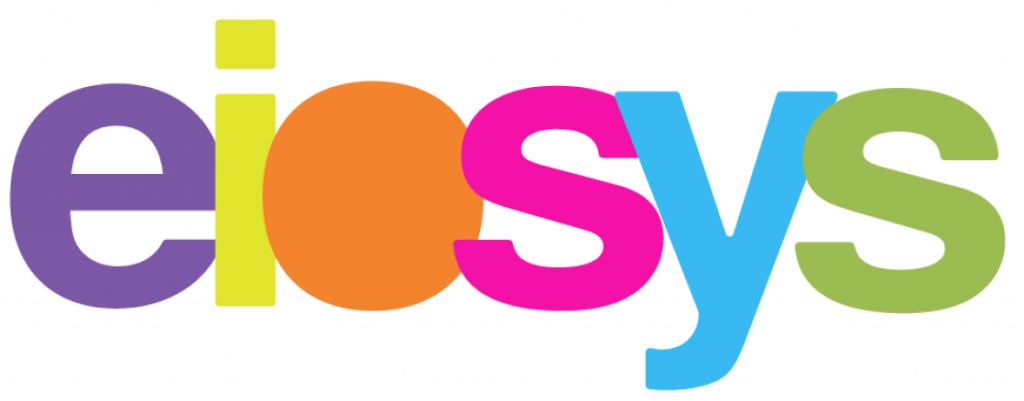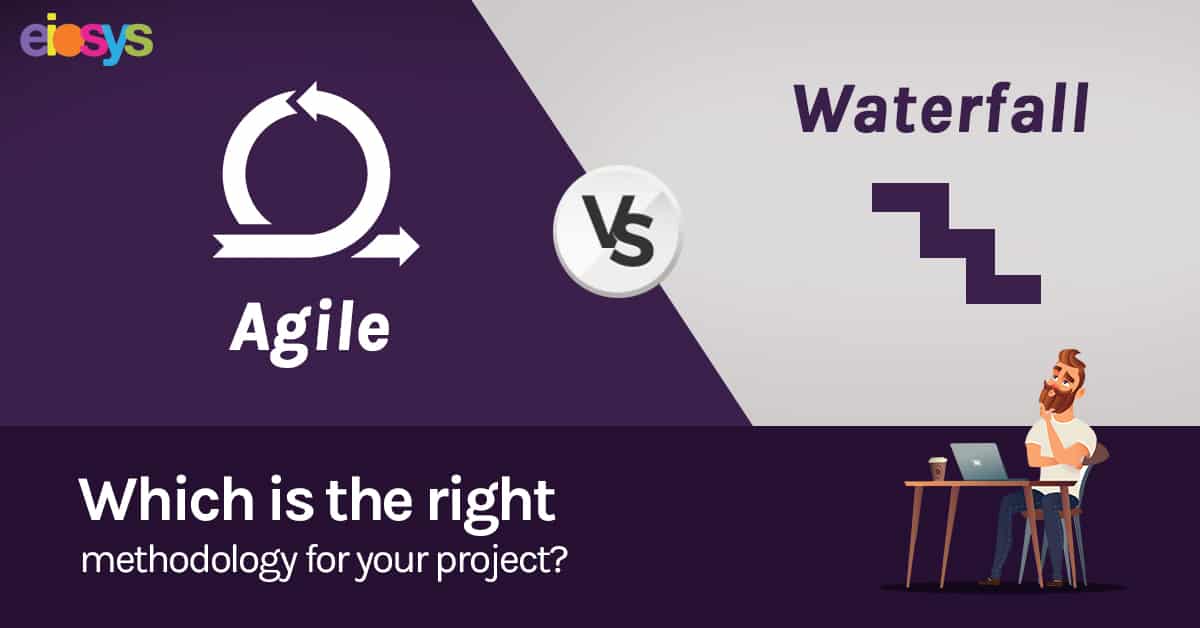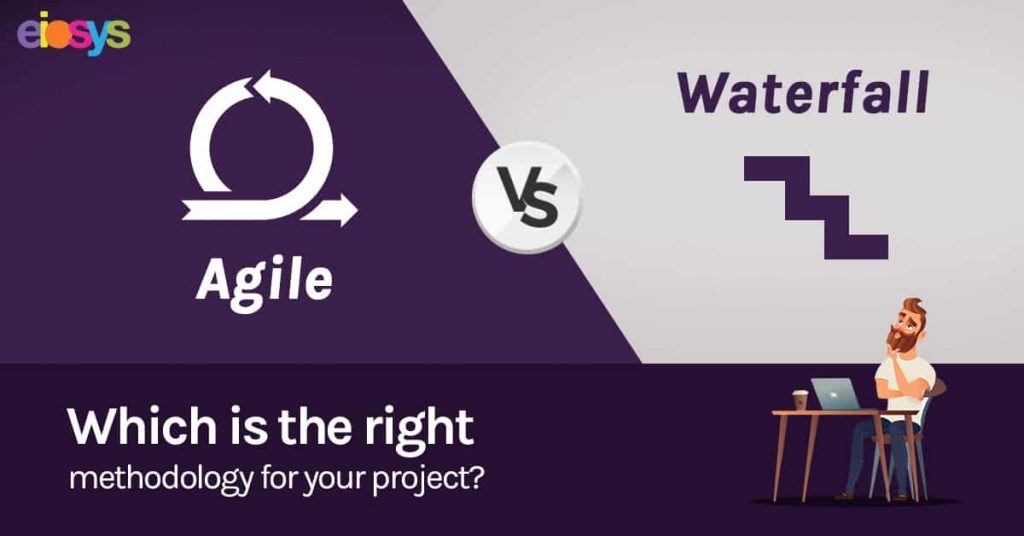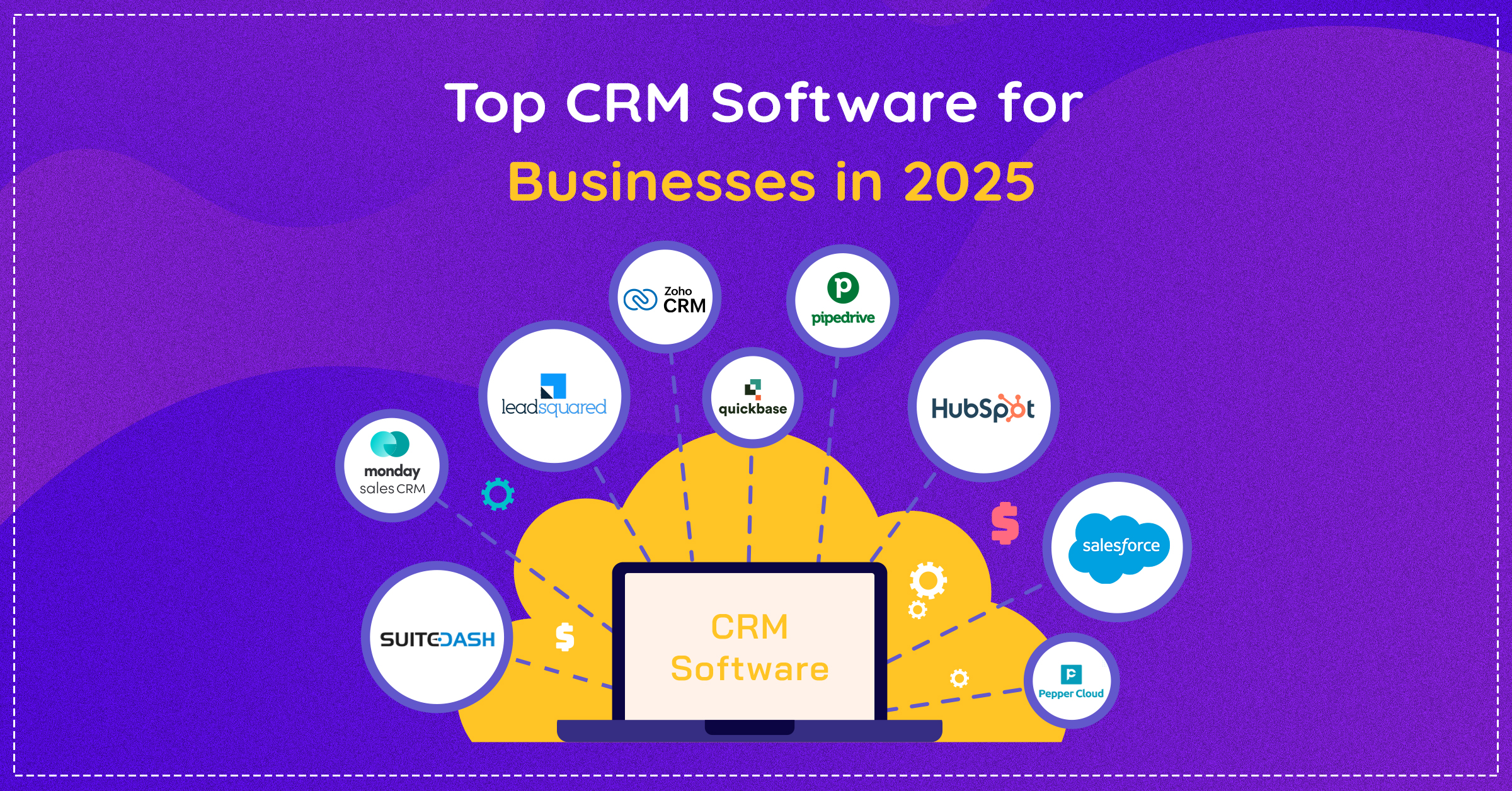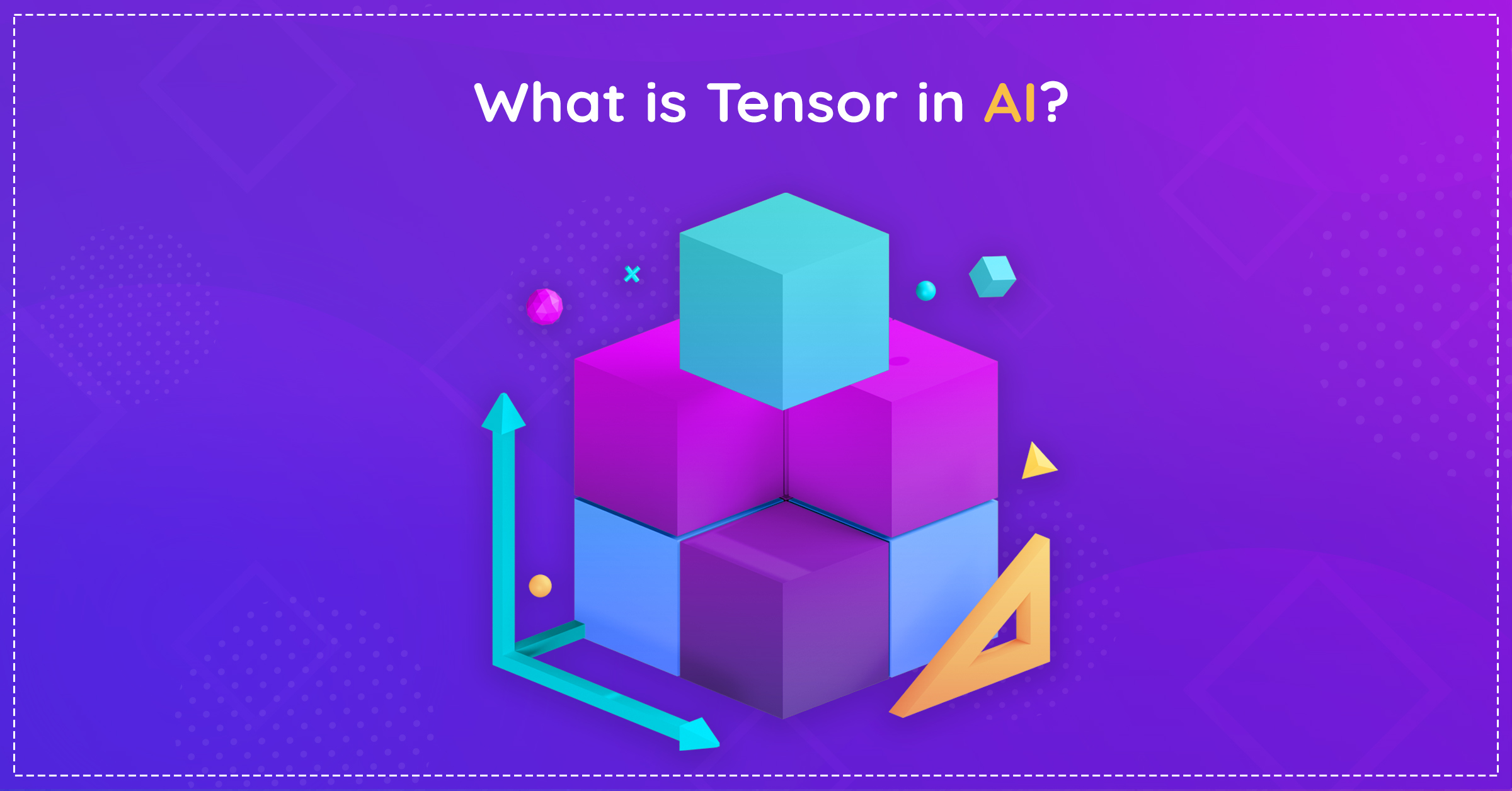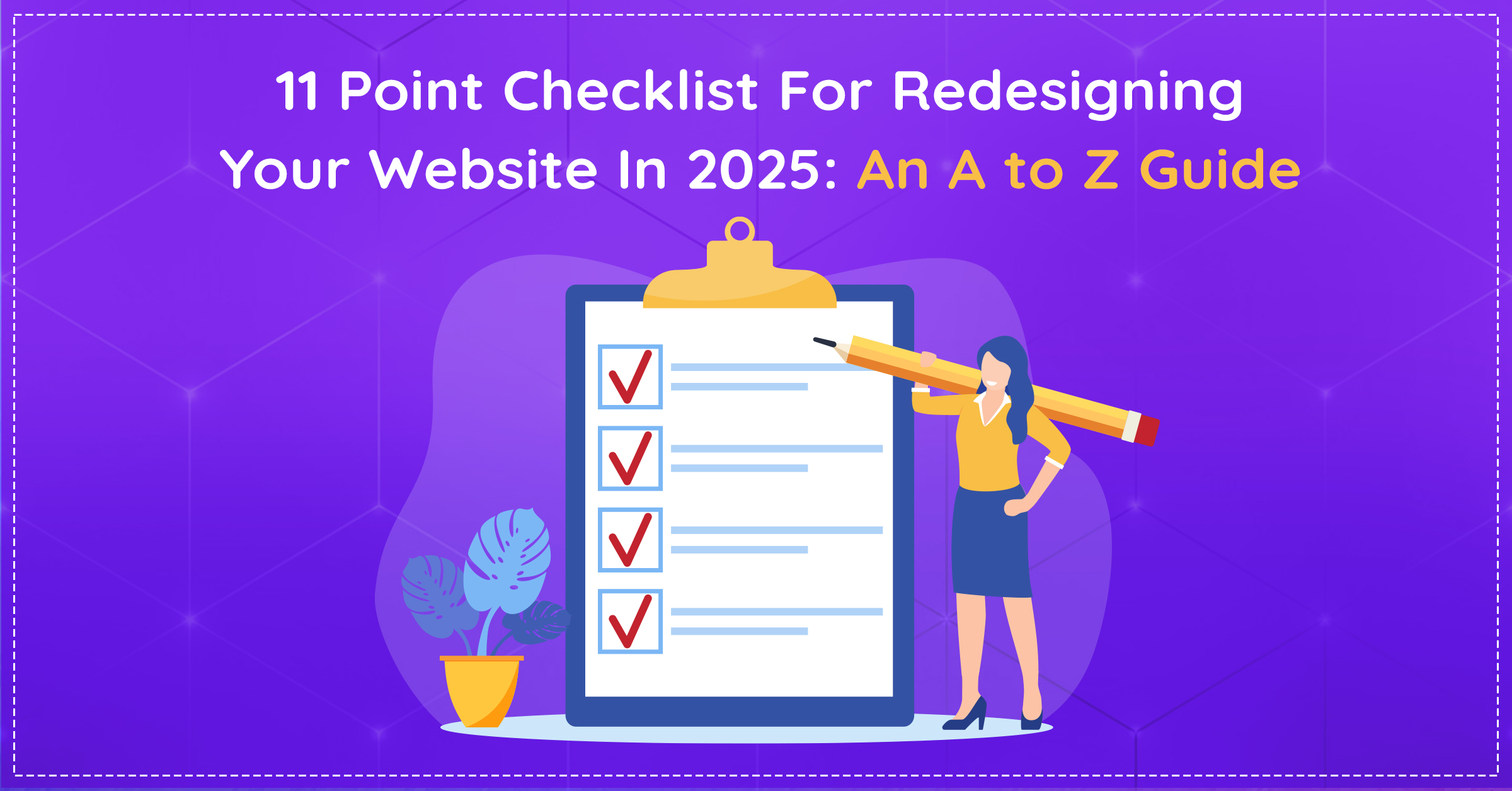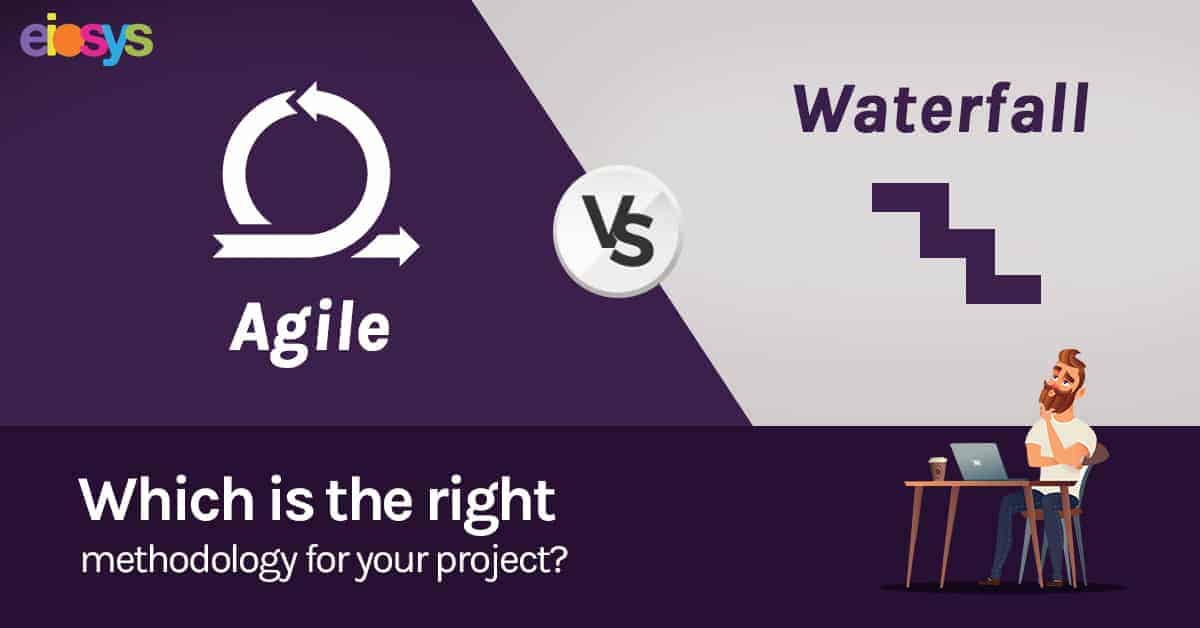
People frequently search for ‘Agile vs Waterfall’ to evaluate which development methodology should they choose for the implementation of their project. There are no. of development methodologies available in the market i.e. waterfall, spiral, agile, rapid prototype, lean, feature-driven, joint application development, etc. Among them, the two all-time favorite methodologies are Agile and Waterfall.
In this blog, we’ll discuss Agile vs Waterfall and list out their process, pros, cons, features, etc.
What is Software Development Methodology?
The software development methodology is the set of steps followed to develop a software product. A technical approach to your project plays a significant role in its quality, maintenance, and enhancements. One needs to know the steps to be followed while implementing a project. Primary steps of the software development process are listed below:
- Customer interview
- Scope analysis
- UX wireframes
- Visualization
- Implementation
- Optimization and polishing
- Testing
- Product launch
- Maintenance
[To read more about each of the above steps, you can check out our Software Development Process]
Waterfall
Waterfall is a traditional approach to software development methodology. Waterfall is unidirectional, pun intended. In this approach, we go stepwise. You need to finish the previous step before going to the next step. As a result, it takes more time to finish the project. Testing is done after you have completed all the previous steps.
Advantages :
- Emphasis on record keeping. So employee turnover will have minimal effect.
- The client has an exact idea about the project which makes planning and designing more straightforward.
- Growth of the project can be easily measured, as the full scope of the project is known at the beginning itself.
- After the requirements phase, the presence of the client during implementation is not required.
Disadvantages :
- Not adaptable to change i.e. you cannot change the previous stage.
- In case of any error in the communication of requirements, one will have to start from the beginning which will have an impact on the budget.
- Takes more time.
- The client can be dissatisfied as all deliverables are based on documentation which was created at the start of the project. The client will not see the final project until it is finished.
- The client may get bogged down by the details at the beginning and the project may lose its effectiveness.
When to use?
- When you have a clear picture of the final project.
- The client won’t demand a change in the project requirements in between implementation.
- When speed is not the ultimate goal.
- Recommended for projects of short tenure.
Agile
Agile as the name suggests it is a flexible approach of software development. It is an iterative incremental approach. Testing is done after every step. As a result, errors can be solved before going to next step. It is not a stepwise process. Scrum is the backbone of agile methodology. In scrum, the process is repeated again and again. Each set of repetition is called sprints. Each sprint can improve the project as you can make changes in the next sprint. Documentation is not done at the start of the project in agile methodology. The client is continuously involved during every stage. The changes client demands can be adapted easily as agile is flexible.
[To read in detail about Agile, check out our Agile methodology page]
Advantages :
- Changes can be done which helps to add features that will keep you up to date with the latest development in your industry.
- Errors can be rectified after each stage.
- Agile methodology assures the quality of the development.
Disadvantages :
- There is no documentation of the project. This can create problems in case of employee overturn during the project.
- Cost of implementation is more compared to the waterfall.
- It is not suitable for a small size project.
- It can get difficult to evaluate the cost of the project at the beginning
- The project may easily go off track as there is no clear picture of the final project at the start.
When to use?
- When the project is to be done as fast as possible.
- There is not a clear picture of the final project and the client can demand some valid changes in the project.
- Recommended for long tenure projects.
| Agile | Waterfall |
|---|---|
| The project development life cycle is separated into sprints | The development process is divided into distinct phases |
| Has an incremental approach | Is a sequential design process |
| Known for its flexibility | It is a structured methodology hence can be quite rigid. |
| It is considered as a collection of many different small projects | It Will be considered as a single project |
| It is flexible and allows changes to be made in the project development requirements | No scope for changing the requirements once the project development starts |
| Follows an iterative development approach | All phases of the project development are completed once |
| The requirements are expected to change and evolve | Recommended for projects which have definite requirements and expect no change |
| Testing is done along with software development | After the build phase ends, the testing phase begins |
| Agile software satisfies the needs of its end-users and can be changed as per the user’s demand | Here the project mindset is focused on accomplishing the project. |
| There is no fixed time and material funding. It may increase due to the ever-changing demands. This may cause stress in fixed-price scenarios | Because of its fixed structure, the risk is less and the material and time cost is perfectly estimated |
| Team dedication, coordination, and synchronization are important | Team coordination is very limited |
| In Agile, team members are interchangeable hence work gets done faster. And there is no need for project managers because the projects are managed by the entire team | The process is always straightforward, hence, the project manager plays an important role during every stage of SDLC |
We’ve tried to detail all comparison factors for Agile vs Waterfall methodologies in the blog. Waterfall maybe traditional approach but each of the two methodologies has its own advantages and disadvantages. The right development methodology for your web or mobile app development project depends on the merit of your project. According to the use, time duration and finance, its finally your call.

